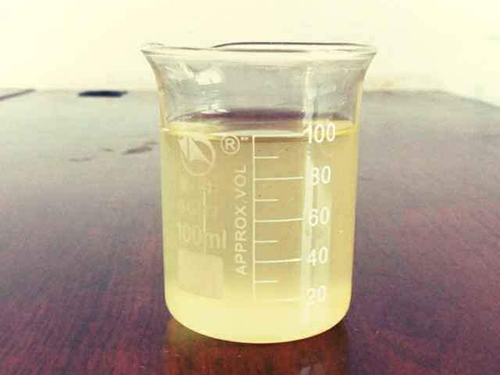Amphoteric Polyacrylamide Applications and Benefits in Water Treatment and Industrial Processes
Understanding Amphoteric Polyacrylamide A Versatile Polymer
Amphoteric polyacrylamide (APAM) is a type of synthetic polymer that exhibits both positive and negative charges, making it an essential component in various industrial and environmental applications. This unique property allows APAM to interact with a wide range of substances, including proteins, colloids, and other polymers. In this article, we will delve into the structure, properties, applications, and benefits of amphoteric polyacrylamide, highlighting its significance in different fields.
Structure and Properties
Amphoteric polyacrylamide is derived from the polymerization of acrylamide, a colorless, odorless monomer that can be modified to exhibit either cationic or anionic characteristics. The dual nature of APAM arises from the incorporation of both positively and negatively charged functional groups during polymer synthesis. This amphoteric nature enables APAM to adapt its behavior based on the surrounding environment's pH level, thus making it suitable for various applications.
One of the most notable properties of APAM is its ability to flocculate and coagulate particles in different aqueous solutions. This property is heavily influenced by the molecular weight of the polymer, which can range from low to high. High molecular weight APAM is particularly effective in water treatment processes as it can bridge particles, forming larger aggregates that are easier to separate during sedimentation.
Applications
The versatility of amphoteric polyacrylamide can be observed in its numerous applications across various sectors
1. Water Treatment APAM is widely utilized in municipal and industrial wastewater treatment facilities. Its ability to remove suspended solids and facilitate the clarification of water makes it an ideal choice for improving water quality. The amphoteric nature of APAM allows it to effectively interact with both positively and negatively charged impurities, leading to efficient flocculation.
2. Oil Recovery In the oil and gas industry, APAM is employed as a thickening agent and to enhance oil recovery processes. It aids in the stabilization of fluids and increases viscosity, making it easier to extract oil from reservoirs.
amphoteric polyacrylamide

3. Paper Manufacturing In the paper industry, APAM serves as a retention aid and improves the drainage and dewatering processes during paper production. Its ability to enhance the quality of paper products makes it a valuable additive.
4. Agriculture In agricultural practices, APAM is used as a soil conditioner. It helps retain moisture in the soil and improves the structure of soil aggregates, which contributes to better plant growth and reduced soil erosion.
5. Cosmetics and Personal Care The versatility of APAM also extends to the cosmetic industry, where it acts as a thickening agent and stabilizer in creams, lotions, and gels. Its amphoteric properties contribute to the formulation stability and enhance the texture of the products.
Benefits
The use of amphoteric polyacrylamide offers several advantages. Its adaptability in different environments allows for enhanced performance in various applications. Additionally, APAM is non-toxic and biodegradable, making it an environmentally friendly option compared to other synthetic polymers. Its ability to improve efficiency in water treatment and other processes can lead to cost savings and better product quality.
One of the critical benefits of APAM is its effectiveness at varying pH levels. Unlike traditional polymers, which may lose efficacy under certain conditions, APAM maintains its functionality, ensuring consistent performance across different applications.
Conclusion
Amphoteric polyacrylamide is a versatile and valuable polymer that plays a crucial role in a multitude of industries. Its unique properties, particularly its dual charge nature, enable it to perform effectively in water treatment, oil recovery, agriculture, and more. As the demand for effective and sustainable materials continues to grow, APAM stands out as a reliable choice that combines efficiency with environmental responsibility. Its broad range of applications and benefits ensures that amphoteric polyacrylamide will remain a significant player in the world of synthetic polymers for years to come.
-
Water Treatment with Flocculant Water TreatmentNewsJun.12,2025
-
Polymaleic AnhydrideNewsJun.12,2025
-
Polyaspartic AcidNewsJun.12,2025
-
Enhance Industrial Processes with IsothiazolinonesNewsJun.12,2025
-
Enhance Industrial Processes with PBTCA SolutionsNewsJun.12,2025
-
Dodecyldimethylbenzylammonium Chloride SolutionsNewsJun.12,2025





